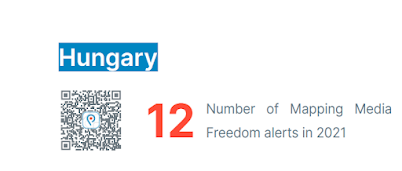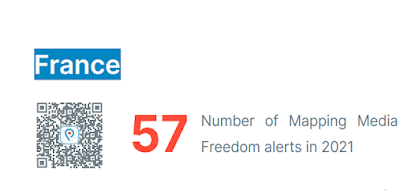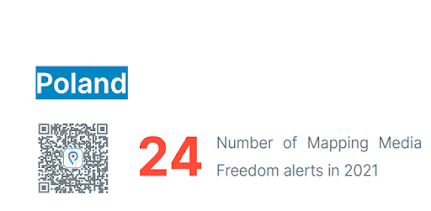It is essential that journalists are safe.The impacts of the COVID-19 Pandemic on Journalists.

Media freedom in Europe continued to face major challenges in 2021 due to the COVID-19 pandemic. During this twelvemonth reporting period, the MapMF platform documented 166 different media freedom violations linked in some way to COVID-19. These involved attacks on 252 different persons or entities in 19 countries. Many of these alerts involved phys‐ ical and online attacks on journalists reporting on anti-vaccine and anti-lockdown protests across Europe. Sixteen cases were recorded which involved serious attacks on journalists or media workers who then required medical treatment. Overall, more than a quarter of all alerts (26.5%) recorded during 2021 were re‐lated to the pandemic, underscoring the persistent threats that the pandemic faces to independent journalism. The re‐ spective COVID-19 related alerts can be viewed here. These attacks on the free press came in many forms. Nearly one in three incidents (31.9% and 53 alerts) involved physical at‐ tacks, including 16 incidents ...












